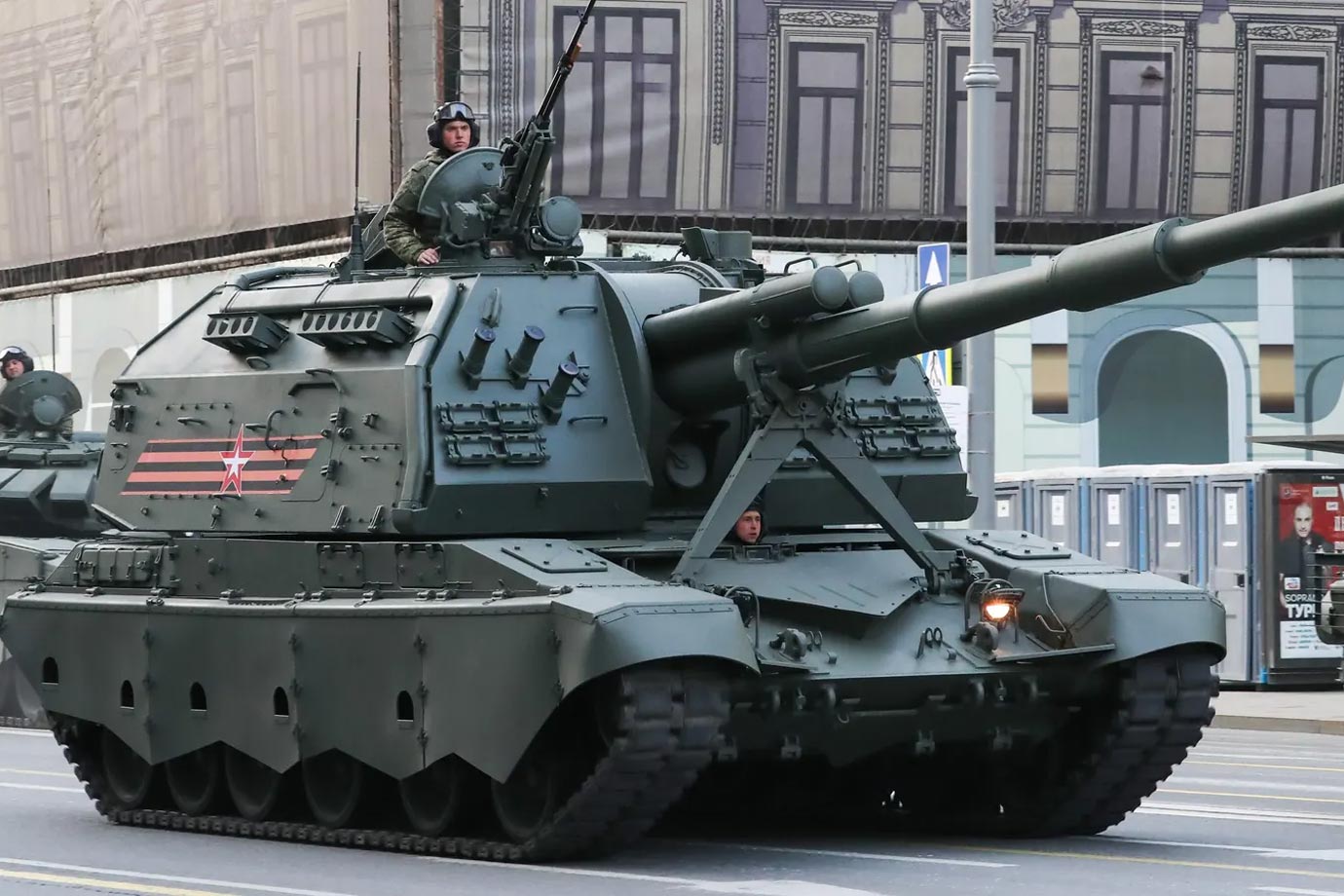Army Pinks and Greens Class B
Army Pinks and Greens Class B
The Army’s Pinks and Greens uniform, also known as the Army Service Uniform (ASU), has a rich history. The Pinks and Greens derive their name from the combination of pink trousers and olive drab jackets. These uniforms were prominently used during World War II.
Revived in recent years, this uniform aims to bring a sense of tradition and pride. It is classical yet functional. It gives soldiers a distinctive yet professional appearance. The modern iteration seeks to connect service members with their storied past.
Components of the Uniform
Jacket
The jacket, known as the “greens” part, is single-breasted. It has a belted waist and four-button front. The material is durable and comfortable. This design reflects the uniform’s historic roots while updating it for current standards.
Trousers and Skirt
The trousers, the “pinks” part, are slightly lighter in color. They are tailored for a neat fit. Female soldiers have the option of a skirt. It matches the trousers in color and material. These provide flexibility in wear.
Shirt
The shirt is typically a long-sleeve khaki tone. It complements the jacket and trousers. The shirt features shoulder epaulets and is designed to be worn with a tie. It maintains a sharp and orderly look.
Footwear
Black leather shoes or pumps are worn with the uniform. They must be polished and in good condition. Footwear completes the professional appearance of the Pinks and Greens.
Accessories and Insignia
Headgear
The garrison cap or service cap is often worn. It matches the olive drab of the jacket. The headgear signifies rank and complements the uniform.
Belt and Buckle
A web belt with a brass buckle is standard. The buckle should be polished and aligned. This attention to detail ensures a sharp overall look.
Medals and Ribbons
Medals and ribbons are placed to reflect achievements and service. They are worn above the left breast pocket. Proper placement is essential for appearance and respect to honor.
Proper Wear Guidelines
Adhering to wear guidelines ensures uniformity and honor. The jacket should be worn buttoned. Insignia must be correctly aligned. Shoes should always be shined. Adherence to these guidelines ensures respect for tradition and service.
Historical Significance
The Pinks and Greens were first introduced in the 1920s. During World War II, they became iconic. General Eisenhower and other leaders wore them. The uniform signifies a period of great valor.
The decision to reintroduce the Pinks and Greens is part of a broader strategy. It aims to foster esprit de corps. It connects modern soldiers with their distinguished history. This uniform is more than just apparel; it embodies legacy.
Current Usage
The modern Pinks and Greens were approved for official wear in 2018. By 2027, it will be the mandatory service uniform. It combines historical elements with modern practicality. This includes updated materials and fits.
Soldiers wear this uniform in various settings. It is suitable for formal events and everyday duties. The flexibility and respect it commands make it a versatile choice.
Impact on Morale
Uniforms play a crucial role in military culture. The reintroduced Pinks and Greens have positively impacted morale. They instill pride and enhance the sense of unity. Wearing them, soldiers feel a stronger connection to their heritage and to each other.
